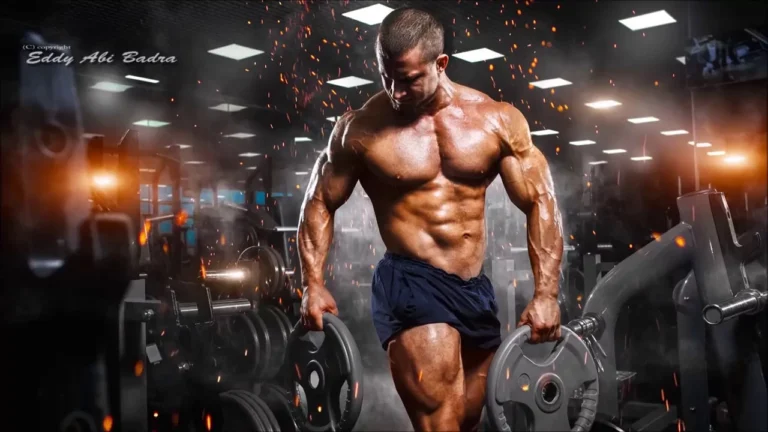How NFL Player Ryan Watson Moved From Speed to Physique Training
For new Florida super heavyweight bodybuilder Ryan Watson, training for physique competition was a completely different challenge than his years on the gridiron and track preparing for the NFL. A spinal problem ended his football career, but it didn’t stop Ryan from pushing his body—and mind—in a new direction.
Once Ryan entered regional bodybuilding shows in the South, it became all about size, proportion, and definition instead of power and speed. At 6’2″ and 240 lbs. onstage, he made an impressive debut, winning the overall title at the Mid-Florida Classic in 2006, followed by a third-place finish at the NPC Southern States in 2007. He later placed fifth and decided to take a break to rest and retool his physique. His degree in nutrition and exercise physiology keeps him focused on continual improvement while operating his Tampa Bay training company, One More Rep.
From Explosiveness to Aesthetics
“I started bodybuilding with techniques I’d studied while still playing football. Having a background in exercise physiology gave me a solid foundation, but shifting from power-based training to visual aesthetics was a learning curve. I dropped 40–50 lbs. of fat over a year and a half, maintaining lean mass by training hard but eating cleaner. It wasn’t about being faster anymore—it was about symmetry, muscle maturity, and detail.”
This transition mirrors what many athletes face when moving from performance sports to physique-based goals—where the focus shifts from strength output to muscle proportion. As discussed in Power Training for Natural Muscle and Definition, this adaptation requires mastering volume, rest, and precision technique rather than explosive effort.
Mastering Volume and Variety
“The first thing I learned was to prioritize weak points. In football, I trained for power, speed, and agility. In bodybuilding, I had to isolate and improve underdeveloped muscles. The key was manipulating sets, reps, and intensity to build balance. Too much volume led to overtraining—cutting back from six sets to three per exercise gave me far better growth.”
Modern sports research supports his approach. According to a study published by the National Institutes of Health (NIH), lower-volume, high-intensity resistance training can promote equal or greater hypertrophy compared to high-volume methods, especially when paired with adequate recovery. Watson’s shift to smarter, shorter workouts helped him progress faster while staying injury-free.
Training Smarter, Not Just Harder
“People fail to realize you grow outside the gym, not inside it. I used to chase volume, but my best gains came when I reduced sets, focused on intensity, and allowed recovery. I also started adding more classic bodybuilding moves—flyes, cable crossovers, and isolation lifts—rather than relying solely on compound power lifts like squats or deadlifts.”
This training philosophy aligns with what’s explored in Tips to Avoid Injury while Exercising—that balancing intensity and form not only prevents burnout but maximizes long-term gains. For mental recovery, even brief mindfulness breaks like those taught in How To Meditate – a Simple Meditation Technique can enhance focus between training sessions.
Building the Mindset of a Bodybuilder
Watson’s story is a powerful reminder that transitioning from athlete to physique competitor is as much mental as physical. Adapting your mindset, respecting recovery, and understanding muscle dynamics are all critical to success. His journey proves that even after the NFL, passion and precision can reshape a career—and a body—into something entirely new.


